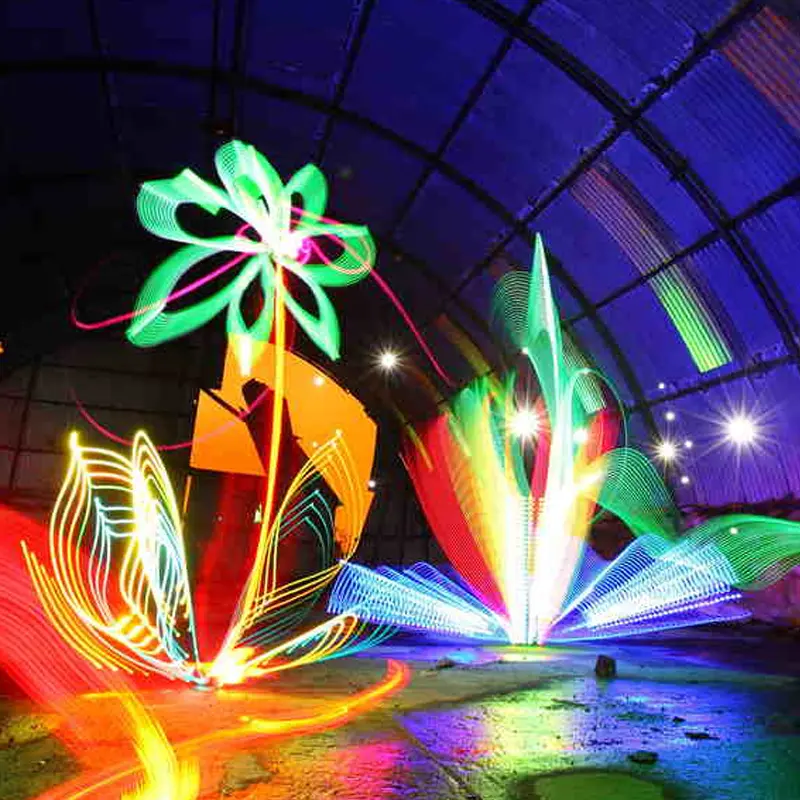Education at CIS

One of the biggest, but most important aspects of retaining the attention and enthusiasm of a class is in the variety of the activities presented. Keeping lessons and activities as fresh and exciting as possible is a top aim of most teachers, because not only does it make things fun for the pupils, it also keeps things fun for us. It can be difficult to keep every pupil happy and often it can feel like a juggling act, trying to ensure that everyone is having fun but also learning.
As teachers we need to look at the variety of ways that pupils learn. Neil Fleming, an educational theorist, designed the VARK model of learning, which involves Visual, Aural/Auditory, Read/Write and Kinaesthetic methods. Building upon the idea of kinaesthetic intelligence, first suggested by Howard Gardner in the 1980s, Fleming’s model encourages a greater focus on concrete hands on learning, with physical interaction and experimentation.
As part of our ‘light’ themed topic, Year 5 looked into how it is possible to draw pictures with light. They were given a camera, a light source and a selection of objects and were then encouraged to experiment, moving the camera, light sources and objects to see what effect it would have on the pictures produced. The physicality and immediacy of the experiment gave the pupils the opportunity to think, experiment, evaluate and develop their outcomes.
The visual aspect of the exercise and the objects used really helped the pupils to understand the differences between opaque, transparent and translucent objects and how light affected them. The auditory aspect of this experiment took the form of pupils giving a verbal prediction of what would take place during the experiment and what they expect the outcomes to look like. They then wrote down their predictions in their books, explaining why they thought they would obtain the predicted outcome. Finally, the kinaesthetic part of the lesson took place when the pupils went into a dark room and physically engaged in the experiment, shining lights through a variety of translucent objects and creating patterns with the light.
Through these steps, the pupils engaged in multiple forms of learning and created some really exciting and imaginative outcomes. Also, and this is just as important, they had a lot of fun in the process.
Mr Liam, Year 5 Teacher



